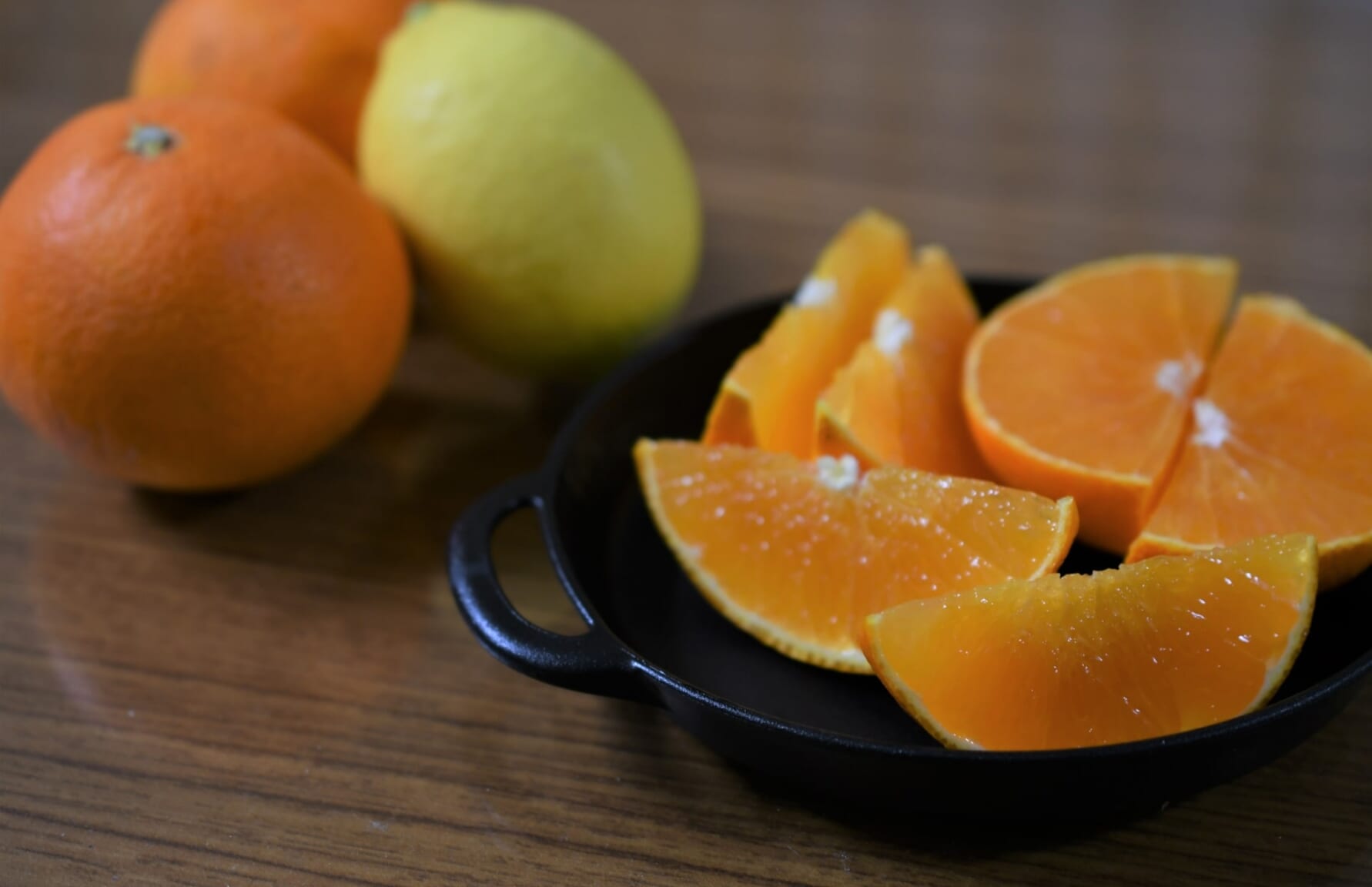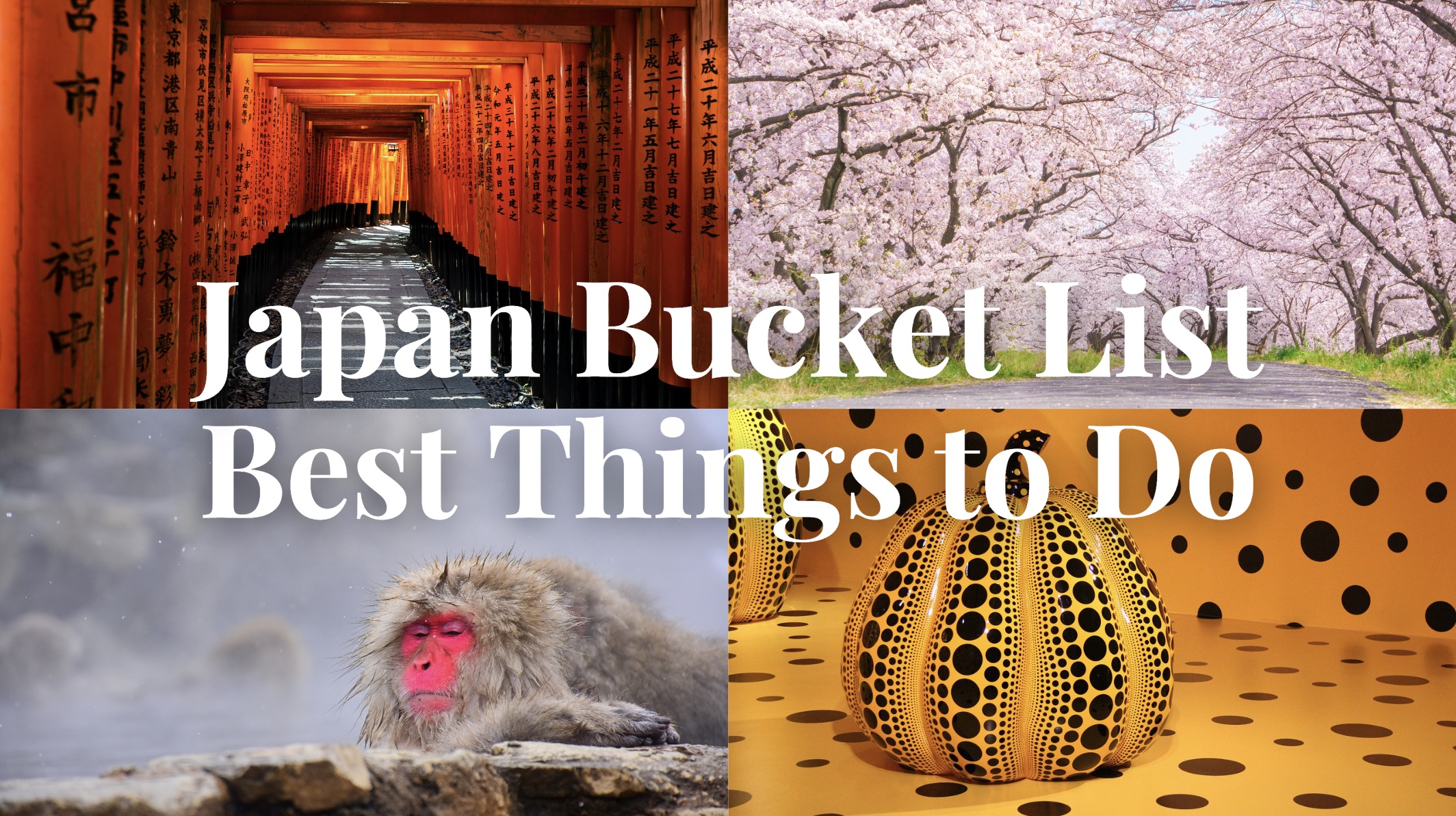10 Best Things to Do in Ehime
Ehime Travel Guide: What to Do in Ehime Now

Ehime Prefecture is mostly known for being the main setting of Botchan, one of Soseki Natsume’s most celebrated novels, which takes place in Matsuyama and depicts the experiences of a schoolteacher sent from Tokyo. Humorously depicted as the epitome of unsophisticated rural life, at odds with Tokyo’s modern urban lifestyle, it’s precisely in its remoteness where Ehime’s greatest charm lies.
A radically different experience compared to Japan’s largest metropolis, Ehime prefecture shines through its natural beauty, its wonderfully mild sunny climate, and the peaceful beauty of the Seto Inland Sea. There’s plenty to see and do, so to aid in your travel plans, this is a selection of the best things to do in Ehime!
With this Shikoku Bucket List, let’s also check out the surrounding tourist attractions: Best Things to Do in Shikoku
1. Visit Matsuyama Castle, One of the Few Last Standing Original Castles

A popular attraction any time of the year, the castle really shines during spring, when it becomes one of the city’s prime spots for cherry blossom viewing.
 Access Access |
9-min walk from Shimizumachi or Teppocho tram stations |
|---|---|
 Official Website Official Website |
https://www.matsuyamajo.jp/ |
2. Submerge Yourself in the Fantasy World of Spirited Away at Dogo Onsen Honkan

The current building is from 1892 and holds the honor of being the first onsen in Japan to be designated as an Important Cultural Property in 1994.
 Access Access |
3-min walk from Dogo Onsen tram station |
|---|---|
 Official Website Official Website |
https://dogo.jp/onsen/honkan |
3. Ride Around Matsuyama City Through the Eyes of Natsume Soseki

Another replica is available in the nearby Botchan Train Museum (坊っちゃん列車ミュージアム). There’s also the Botchan Karakuri Clock (坊っちゃんカラクリ時計), a mechanical clock in front of Dogo Onsen station which features a small performance with moving dolls based on the novel’s characters every hour from 8:00 to 22:00.
In front of Dogo Onsen Honkan, a square-like space is affectionately called Botchan Square, where there’s a Meiji Era rickshaw on display and a Japanese confectionery shop called Ichiroku Tart (一六タルト), where Botchan-themed sweets are on sale.
 Access Access |
4-min walk from Matsuyama City Station |
|---|---|
 Official Website Official Website |
https://www.iyotetsu.co.jp/botchan/annai/ |
4. Pray in Front of a Millenarian Sacred Tree at Oyamazumi Shrine

Because of this, there are around 10,000 affiliated shrines in Japan, placing Oyamazumi Shrine among the country’s most important shrines. If that alone isn’t worth a visit, the following will surely do: the shrine houses a large kusunoki tree, considered a sacred tree in Japan. This also happens to be the country’s oldest kusunoki, over 2,600 years old.
5. Travel Back in Time Strolling Around Uchiko Town

The economic activity started to decline after the war but fortunately, lots of buildings were preserved, so a relaxed walk around the neighborhood, particularly the Yokaichi and Gokoku districts, officially designated as Preservation Districts, is a great way to feel like a time traveler.
 Access Access |
30-min train ride from Matsuyama Station |
|---|---|
 Official Website Official Website |
https://www.town.uchiko.ehime.jp/ |
6. Have an Episode of Cute Overload in Aoshima, One of Japan’s Cat Islands

Visitors must bear in mind, however, that this is not a tourist place in the traditional sense. The Island is reachable by ferry from the port near Iyo-Nagahama Starion but other than that, there’s no tourist infrastructure. No taxis, lodgings, or restaurants. Not even vending machines.
Visitors should also avoid feeding the cats since residents take care of them themselves. If you’re ok with these conditions, by all means, please visit!
 Access Access |
10-min walk from Aoshima Station |
|---|---|
 Official Website Official Website |
https://www.city.ozu.ehime.jp/soshiki/nagahamash/0375.html |
7. Enjoy the Sea and the Sunset at the Famous Shimonada Station

Popularly known as the train station closest to the sea, with truly wonderful views of the Iyo-Nada Sea, it started to gain notoriety after the year 2000 when it was used as the image of JR Seishun 18 Kippu Pass, turning it into a must-see spot for train and remote location enthusiasts alike as a sea and sunset gazing spot.
Furthermore, since 1986, every year in September, a special concert is held on the train platform overlooking the sea.
 Access Access |
50-min train from Matsuyama Station |
|---|---|
 Official Website Official Website |
https://www.city.iyo.lg.jp/machizukuri/kanko/guidemap/jrshimonada.html |
8. Hike Mount Ishizuchi, the Highest Mountain in Western Japan

In short: yes, this spot is an absolute “must”. There’s also a ropeway up to 1,300m, so most people just hike from that point, which takes about 3 hours from Joju Station (6h round trip from the ropeway).
9. Refresh Yourself by Picking Citrus Fruits

This is why fruit picking is a popular activity in many farms across the prefecture, and souvenir shops also have a lot of derived sweets, drinks, and snacks.
▶ Matsuyama City official website with information about citrus fruits in Ehime: https://en.matsuyama-sightseeing.com/topics/10-2/
10. Try All The Different Sea Bream Varieties

Other variations include marinating the raw sea bream with special seasoning before adding it to the rice, or breaded and fried like katsudon. There’s even a special seabream variety fed with mandarin orange peels for an even more special flavor from Ehime!
My Top Pick From This Bucket List
Ok, I know I’m supposed to choose the best one but just because of proximity and convenience, this time I can actually pick 3 on this list! Dogo Onsen, Matsuyama Castle, and Botchan Train Museum (and all Botchan-related items) are so close to each other and share an equally iconic status for multiple cultural and historical reasons, that any visitor to Matsuyama cannot miss at least all three of them!
Ehime Prefecture is an exciting look at an authentic countryside lifestyle, with fantastic weather and full of natural charms that make it really worth visiting. In contrast to the hustle and bustle of larger cities, Ehime invites you to walk on the slow side of life and appreciate some of the simpler pleasures. There’s a lot of excitement awaiting you outside of the usual touristic circuits in Japan!
▽Check out the attractions you should experience across Japan with this Japan Bucket List!▽
▽Here are more things to do in other Shikoku’s prefectures!▽
▶︎10 Best Things to Do in Kochi
▶︎10 Best Things to Do in Tokushima
▶︎10 Best Things to Do in Kagawa
▽Subscribe to our free news magazine!▽
For more information about traveling in Japan, check these articles below, too!
▽Related Articles▽
▼Editor’s Picks▼
Written by
Photographer, journalist, and avid urban cyclist, making sense of Japan since 2017. I was born in Caracas and lived for 14 years in Barcelona before moving to Tokyo. Currently working towards my goal of visiting every prefecture in Japan, I hope to share with readers the everlasting joy of discovery and the neverending urge to keep exploring.













